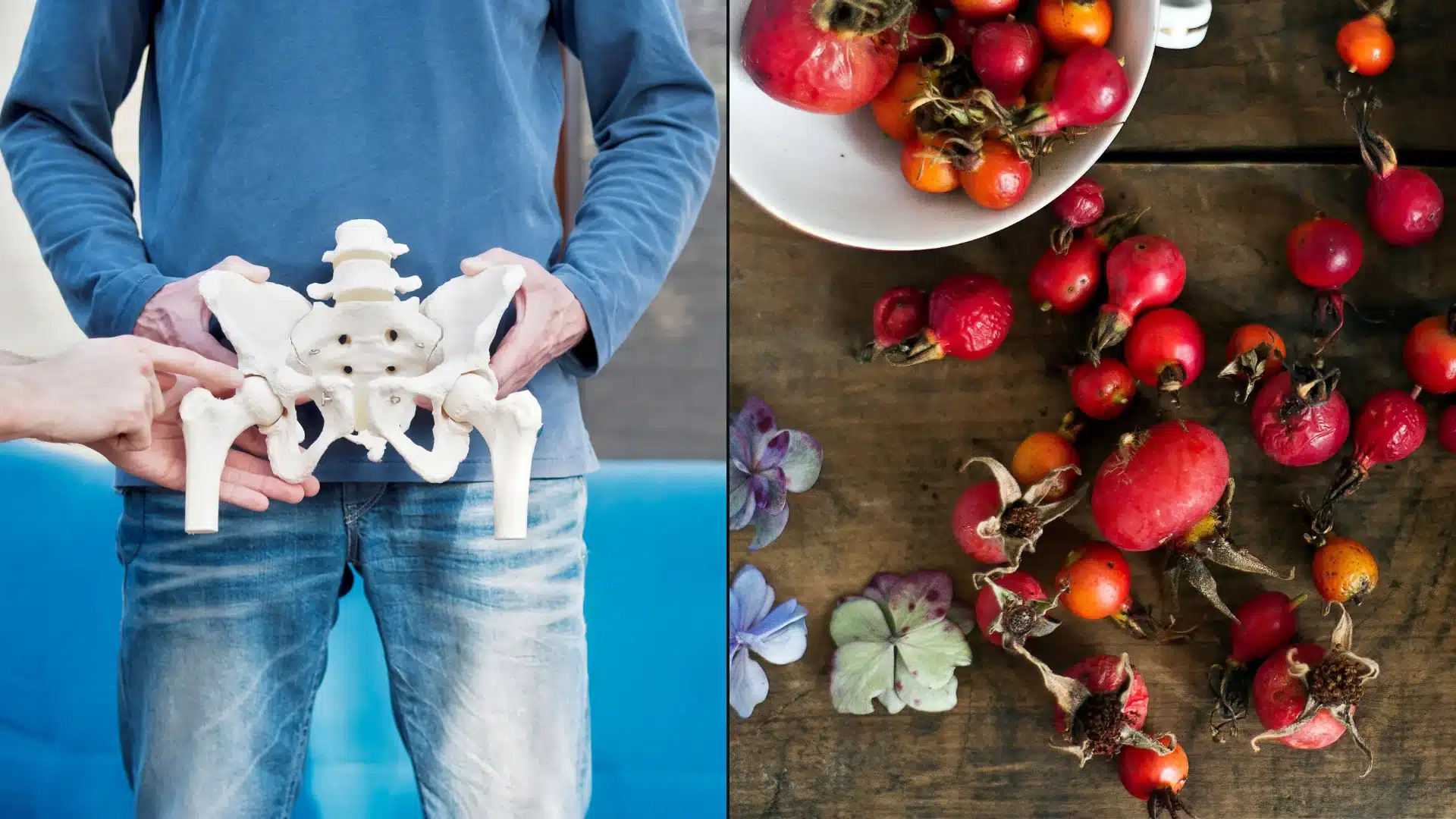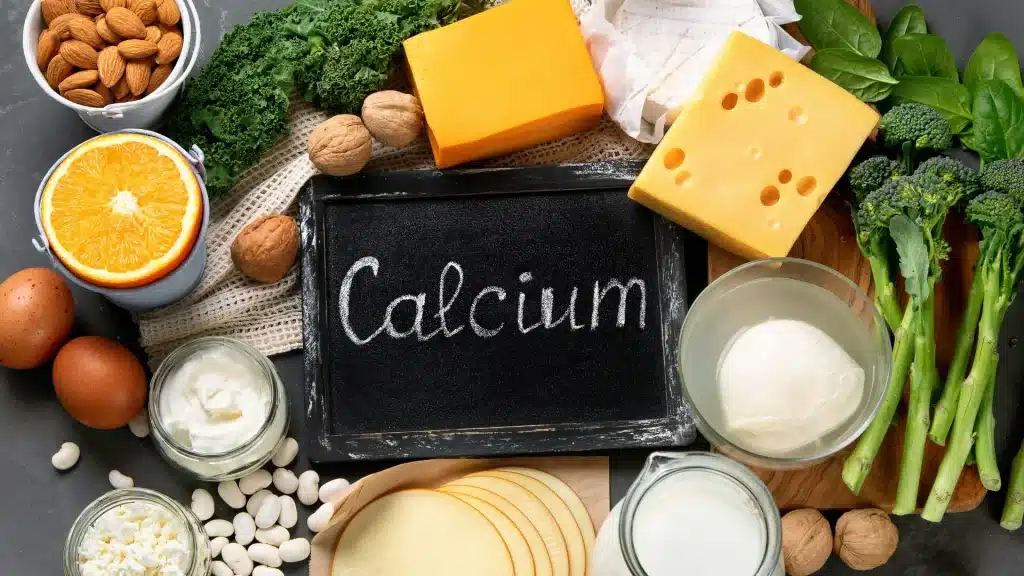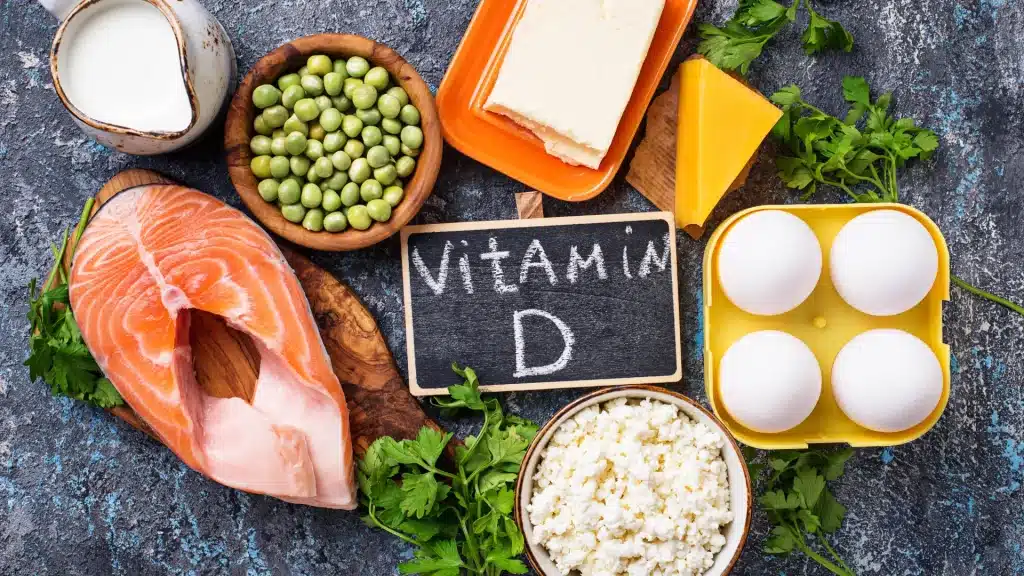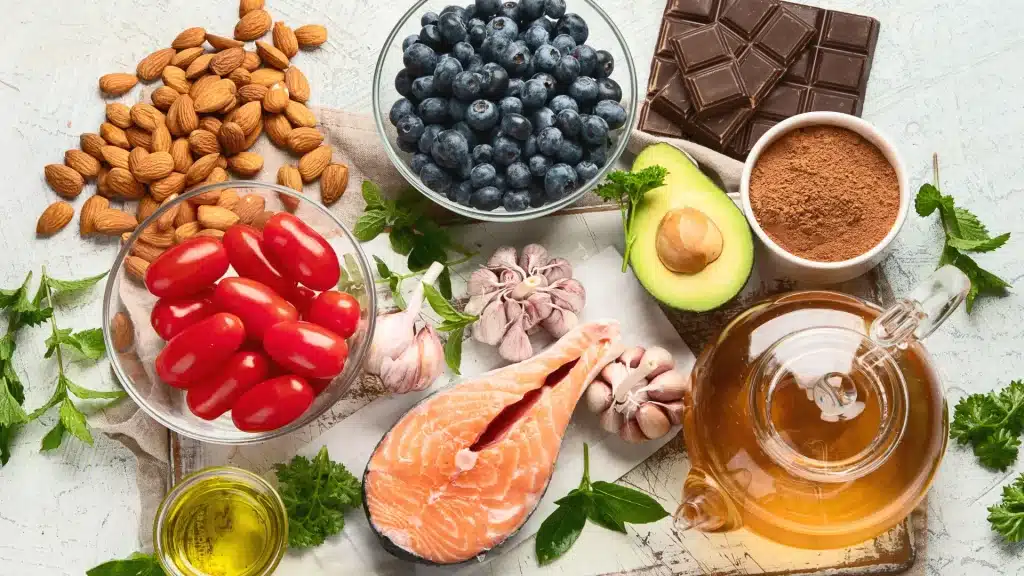3 Proven Nutrition Tips to Maintain Healthy Hips

Overview
Hips are among the most important joints in your body since they support your weight and make possible movements like walking, running, and bending. Ensuring their health is fundamental for your mobility and quality of life, especially as age catches up with you.
While exercise and proper posture are vital, nutrition and lifestyle choices also play a significant role in ensuring strong and healthy hips. In this article, we will discuss about five essential tips to keep your hips healthy through targeted nutrition and wellness strategies.
1. Prioritize Calcium-Rich Foods

Calcium is one of the most important nutrients for maintaining bone density and preventing conditions like osteoporosis, which can lead to hip fractures.
Your body continually breaks down and rebuilds bone tissue, and calcium is a critical component in this process. If your diet lacks sufficient calcium, your body will take it from your bones, weakening them over time.
Best Sources of Calcium
- Dairy Products: Milk, yogurt, and cheese are excellent sources of calcium.
- Leafy Greens: Kale, spinach, and collard greens offer plant-based calcium.
- Fortified Foods: Many plant-based milk alternatives and cereals are fortified with calcium.
- Nuts and Seeds: Almonds and chia seeds provide calcium along with healthy fats.
Include at least one calcium-rich food in every meal. For example, start your day with fortified almond milk and oatmeal, snack on a handful of almonds, and add a side of steamed spinach to your dinner.
2. Get Adequate Vitamin D

While calcium is essential to bone health, it cannot work without sufficient levels of vitamin D. Vitamin D actually helps your body absorb more calcium so that calcium gets to your bones instead of being flushed out.
If you live in a region with limited sunlight or have trouble getting enough vitamin D from food sources, consider taking a supplement. Consult your healthcare provider for guidance on the appropriate dosage.
Best Sources of Vitamin D
- Sunlight: Vitamin D is produced by your skin when exposed to sunlight. Aim for 15-30 minutes of direct sun exposure several times a week, depending on your skin tone and location.
- Fatty Fish: Salmon, mackerel, and sardines are rich in vitamin D.
- Egg Yolks: A simple way to boost your intake.
- Fortified Foods: Many dairy products, orange juice, and plant-based milks are fortified with vitamin D.
3. Add Anti-Inflammatory Foods

Inflammation is a key contributor to joint pain and stiffness, particularly in conditions like arthritis that can affect the hips. Including anti-inflammatory foods in your diet can help reduce inflammation and protect your joints.
Best Anti-Inflammatory Foods
- Fatty Fish: Omega-3 fatty acids in salmon, tuna, and sardines reduce inflammation.
- Berries: Blueberries, strawberries, and blackberries are rich in antioxidants.
- Nuts and Seeds: Walnuts and flaxseeds are excellent sources of omega-3s.
- Turmeric: This spice contains curcumin, a powerful anti-inflammatory compound.
- Leafy Greens: Spinach and kale are loaded with antioxidants and vitamins.
How to Add Them to Your Routine
Here’s how you can incorporate these nutrients while cooking in Indian kitchens:
Morning
- Start with calcium-rich ragi dosa or methi paratha paired with a bowl of curd mixed with soaked almonds.
- Include chutney made with curry leaves and roasted chana dal for added calcium.
- Mid-morning snack on masala chaas or spiced buttermilk with roasted seeds mixture (pumpkin, sunflower, and sesame seeds).
Lunch
- Brown rice or multi-grain roti with yellow dal (turmeric + black pepper)
- Daily serving of leafy vegetables like palak, methi, or amaranth prepared as sabzi
- Fish curry (especially bangda or surmai) twice a week for vitamin D
- Small bowl of curd with black pepper or jeera powder
Evening & Snacks
- 15-minute walk during evening chai for natural vitamin D
- Replace regular snacks with:
- Ragi or multi-grain chilla
- Sprouts mixed with diced carrots and cucumbers
- Roasted makhana (foxnuts) seasoned with turmeric and black pepper
Dinner
- Rotate between different calcium-rich grains: ragi, jowar, and bajra rotis
- Include one green vegetable daily – alternating between methi, sarson ka saag, or palak
- Add anti-inflammatory herbs and spices like:
- Turmeric + black pepper in dals
- Ginger-garlic paste in curries
- Fresh curry leaves in tempering
This schedule will ensure you get essential nutrients while following our daily Indian food practices. You need to make these small but significant additions to your regular meals.
Supportive Activities
Combine a healthy diet with exercises that strengthen the muscles surrounding the hips, such as yoga, Pilates, or resistance training. Stronger muscles help distribute the load more effectively, reducing stress on the joints.
Water plays a crucial role in maintaining the health of your joints, including your hips. The cartilage in your hip joint is composed largely of water, which helps cushion the joint and enable smooth movement. Dehydration can cause cartilage to lose its elasticity and increase friction within the joint.
Bonus Tip: Build Up Your Hips with Specific Workouts
Eating foods packed with nutrients and working out are the top ways to keep your hips healthy for years to come.
Takeaways
To keep your hips in good shape, you need to take action. This means eating right, drinking enough water, staying at a healthy weight, and finding ways to reduce inflammation.
By eating foods rich in calcium and vitamin D, adding foods that fight inflammation to your diet, keeping your weight in check, and drinking enough water, you can shield your hip joints from damage and keep them strong and working well for a long time right at home.
Keep in mind little changes you make every day to your habits can bring about big improvements in how healthy your joints are as time goes on.
